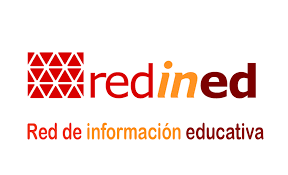Knowledge organisation and creative thinking
Abstract
This paper establishes the grounding of creative thinking in relation to how knowledge is organised. The central idea consists in considering thought as an exploration of the existing knowledge structures which a person has. The way information is represented determines which connections can be established among such representations, whilst the resulting knowledge structure determines how it can be used, that is, which kind of thought can be supported by it. Since logic demands involve relationships and few, but strict, links, creativity is grounded on a variety of relationships and a large amount of links. The first kind of structure, hence, can support deduction, implication, exclusion and any other logical operation, since the connections are very strict. This notwithstanding, logical structures are
very poor bases for creative thinking, as the strictness of the connections constrains the amount of links and, consequently, the number of exploration paths that can be followed. Important educational implications can be drawn from this framework, especially the detachment of contents in subjects, and the overwhelming logical organisation of the curriculum and the assessment procedures.
Downloads
-
Abstract3866
-
PDF (Español (España))1738
Original work publishes in this journal is subject to the following terms:
1. Murcia University Press (the publishing house) holds the copyright of the publishes work, and favours and allows their reutilization under the use license stated in point 2.
© Servicio de Publicaciones, Universidad de Murcia, 2015
2. Work is published in the electronic edition under a license (Creative Commons Reconocimiento-NoComercial-SinObraDerivada 4.0 España (legal text). They can be copied, used, disseminated, transmitted and publicly presented, as long as: i) authorship and original publication source is acknowledged (journal, publishing house and URL of the work); ii) are not used for commercial purposes; iii) the existence and specifications of this use license is stated.
3. Conditions for self-archive. Authors are allowed and encouraged to disseminate electronically the pre-pint (before review) and/or post-print (accepted for publication) versions of their work before their publication since that favours earlier circulation and dissemination resulting in an increased chance for the authors to be cited and for the work to reach a bigger share of the academic community. Colour: RoMEO: green.






